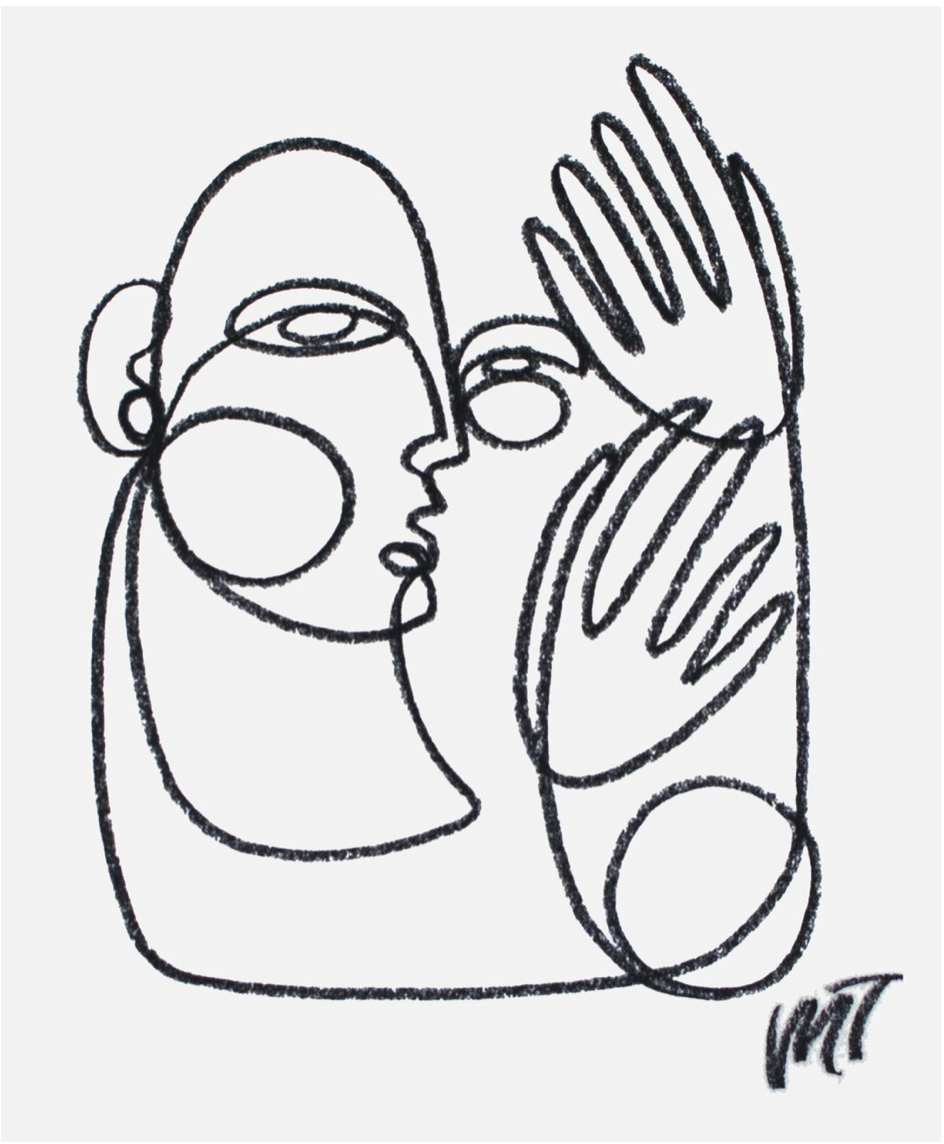Miriam Tribe
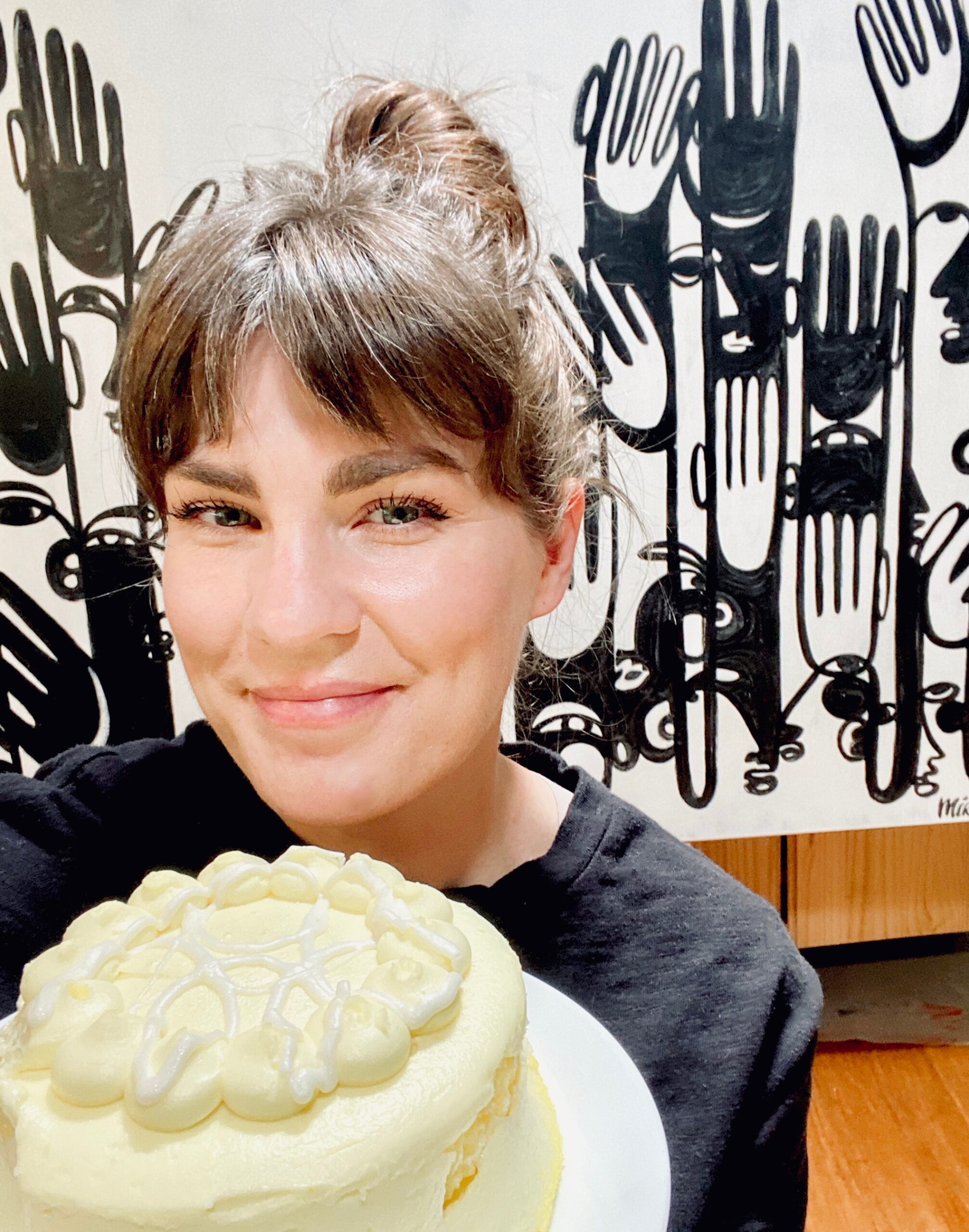
There is an intricacy in Miriam’s artworks, it conveys the influences of her surroundings, the sculptural red rocks, mountain ranges, rugged landscape and ancient cultural histories from the diverse ethnic groups that inhabited and inhabit this part of the US, as well her mormon upbringing. Although there is this duo in her drawings and paintings with a connotation of European expressionism, reminiscent of Picasso and Matisse, however also reflected in her work is the suggestion of the abstract African artworks, that also influenced the artists such as Picasso and Gauguin, some of it reminiscent of the Shona sculptures from Zimbabwe. It is this combination with the reflection of her own cultural history that makes her work so extraordinary. The expressive emotions that she conveys with this refined simplicity in her figurative line drawings, that contain powerful human sentiment and being, that stands out in her work and makes her style so unique. It is American figurative expressionism, of gatherings, communications and togetherness, combined with the negative space and choice of her colour palette that lends it such appeal. She has achieved a style that is unique and recognisable, that we can relate to; that in itself is the goal that all artists want to achieve. Curiously she is also ambidextrous, creating figurative artworks in one movement with both hands without removing the marker from the paper. Just worth watching her videos as she does this on her instagram profile.
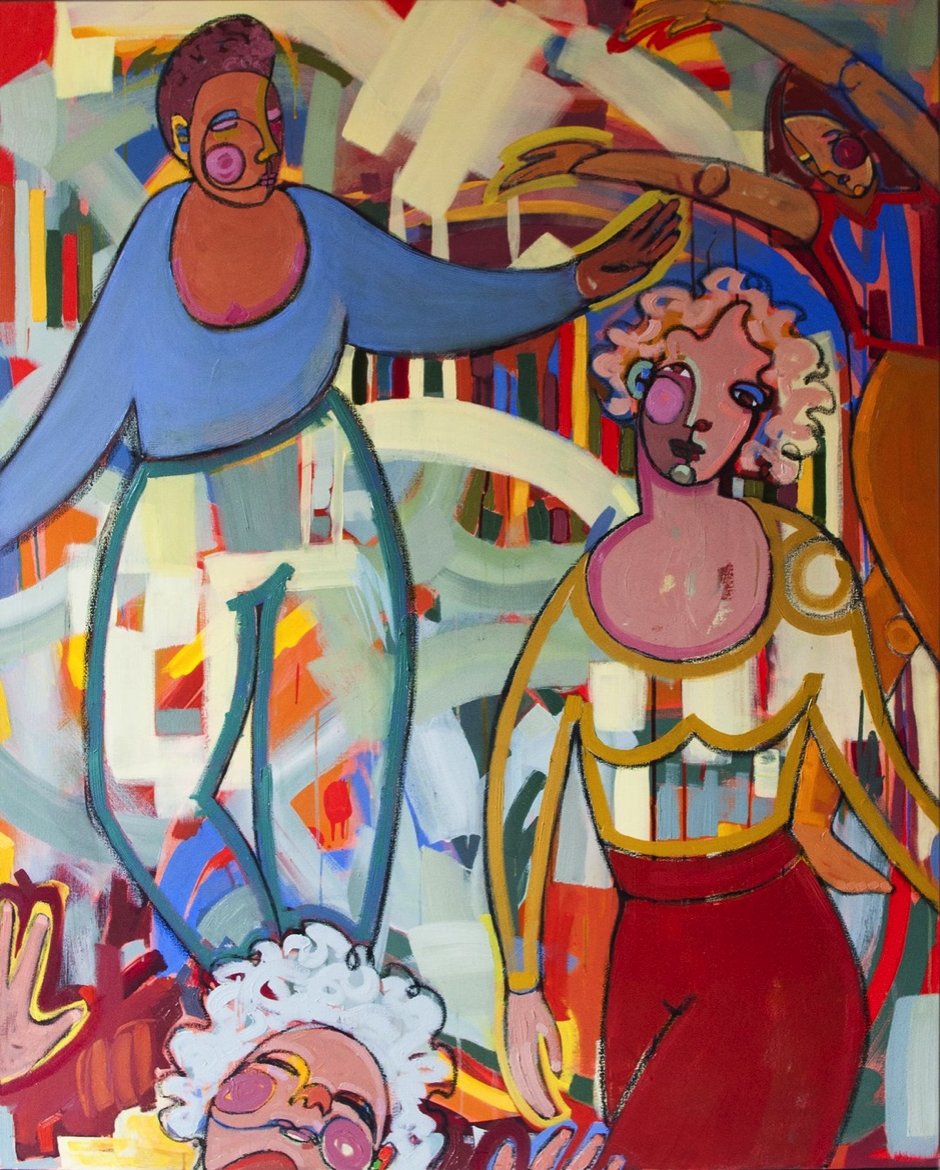
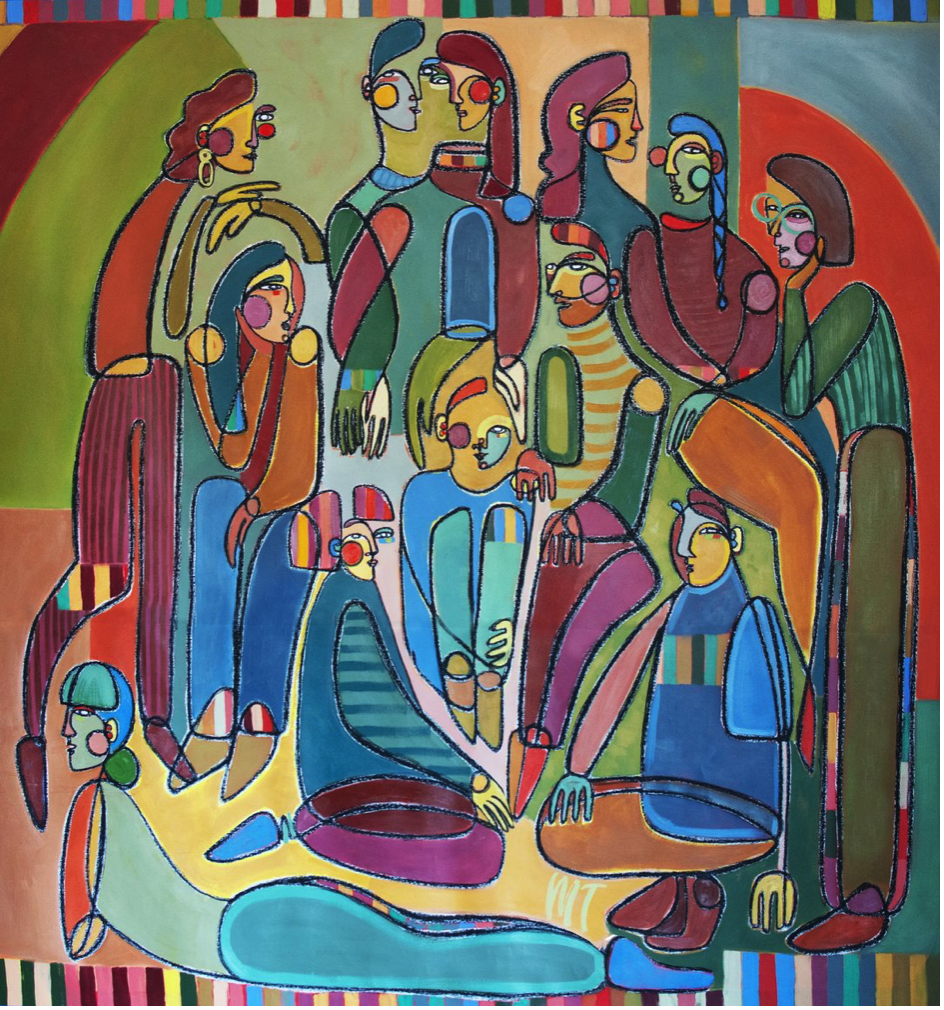
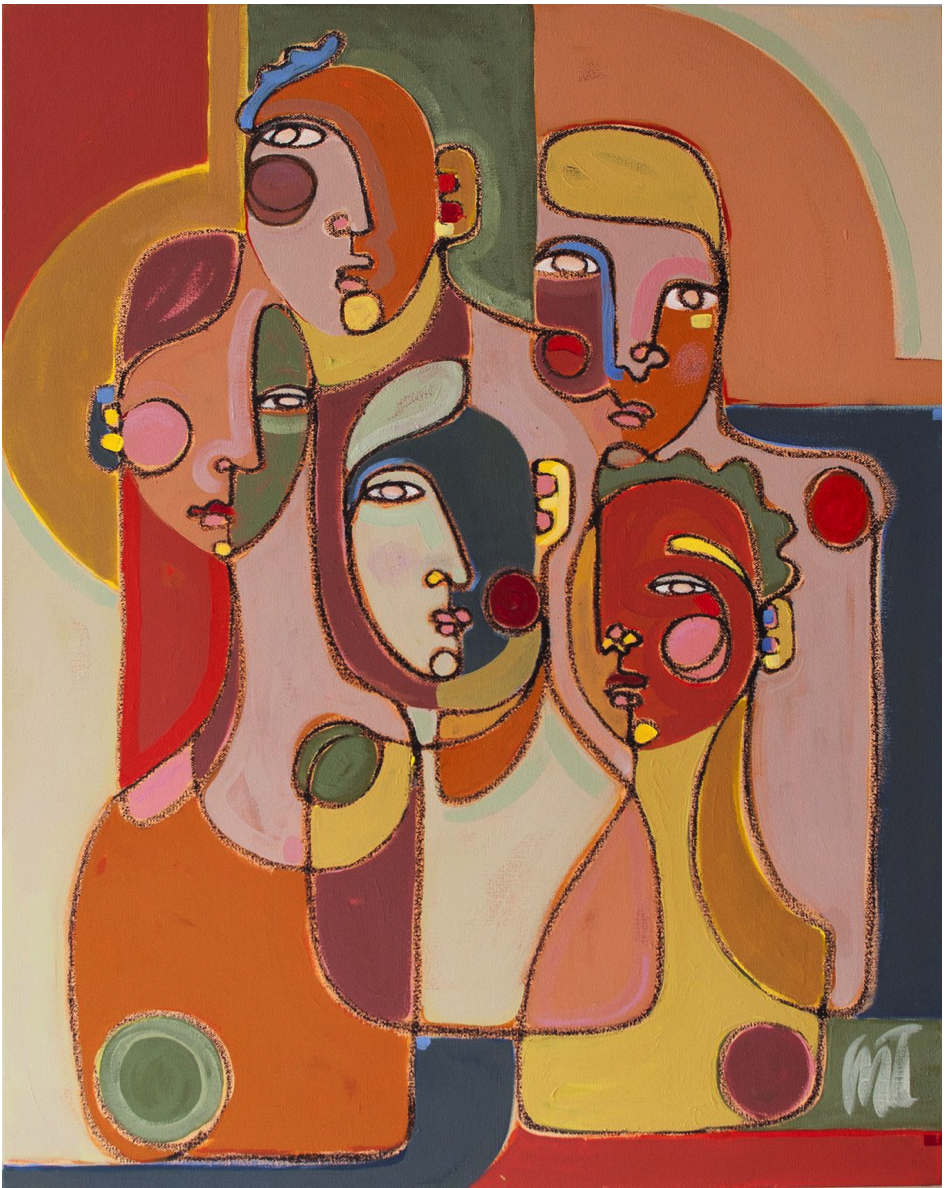
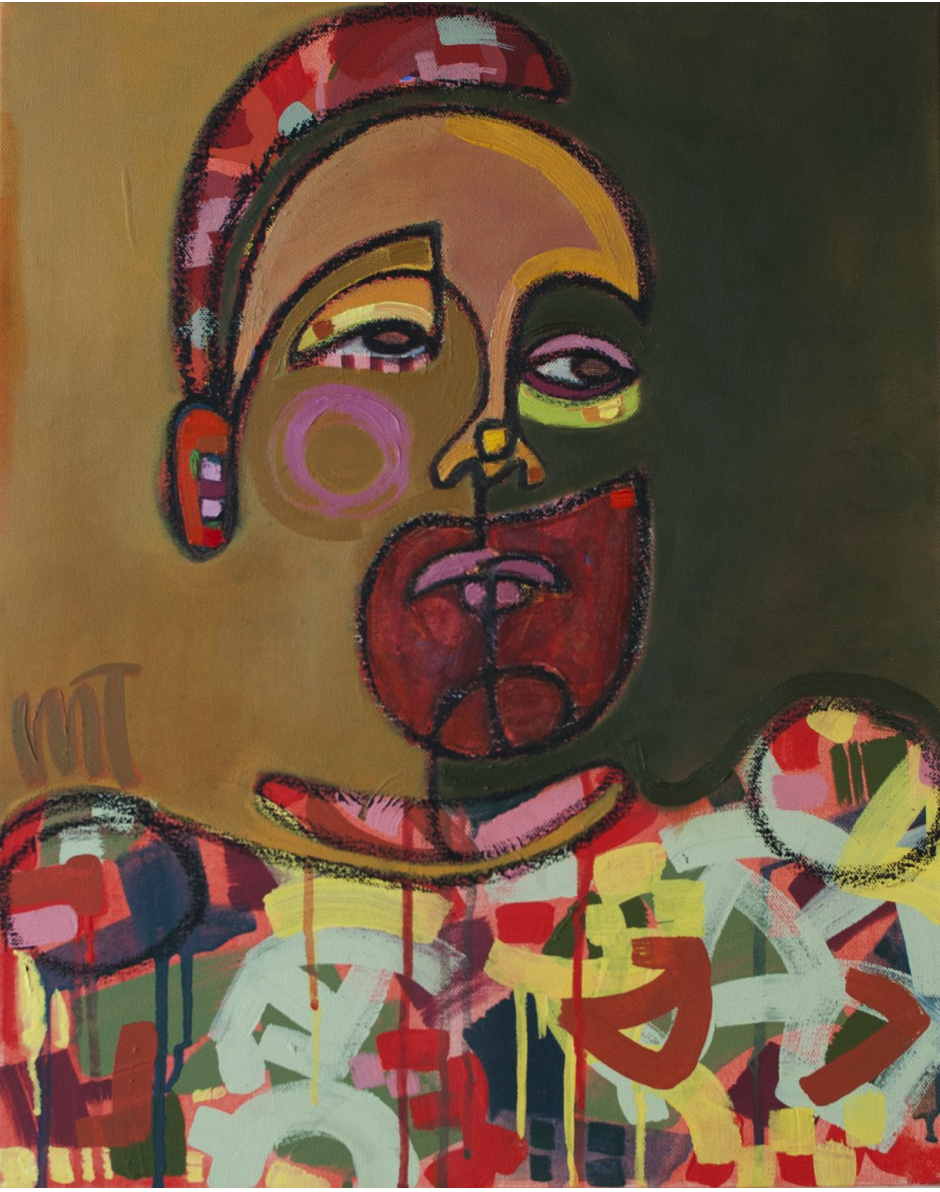
She grew up within a large mormon family with nine siblings. Her father was a military man, the family moved around extensively and they finally settled in Utah. She graduated from High School early and after three years at college, Miriam took a year off to work as a Mormon missionary in Buenos Aires. She describes how the time immersed in a foreign culture influenced her artistic appreciation and sensibilities and recalls that she always had a love of drawing. The year away affected her identity, she explains and she returned to the US to study English. She tells me how her plan was to be an editor and her first job was at a local library. Marriage and motherhood came soon and dominated Miriam’s early life, four children, her two youngest daughters are both autistic, one of them has Cornelia de Lange Syndrome, with the extensive care that this requires. She describes the success of her marriage as working as a relay as they manage their work and raising the family. She explains in detail to me her choice and the reason she made to leave the mormon religion, emphasising how her life changed when she made that decision. Describing the patriarchal Mormon lifestyle with the sole purpose for women, the role of Motherhood, yet her ambition was to be additionally successful as a woman in her own right, and that her ideas of identity and roles evolved once she decided to leave the church. She still regards her role as a mother the most precious, however the personal fulfilment of her own career she considers just as important to be a complete woman.
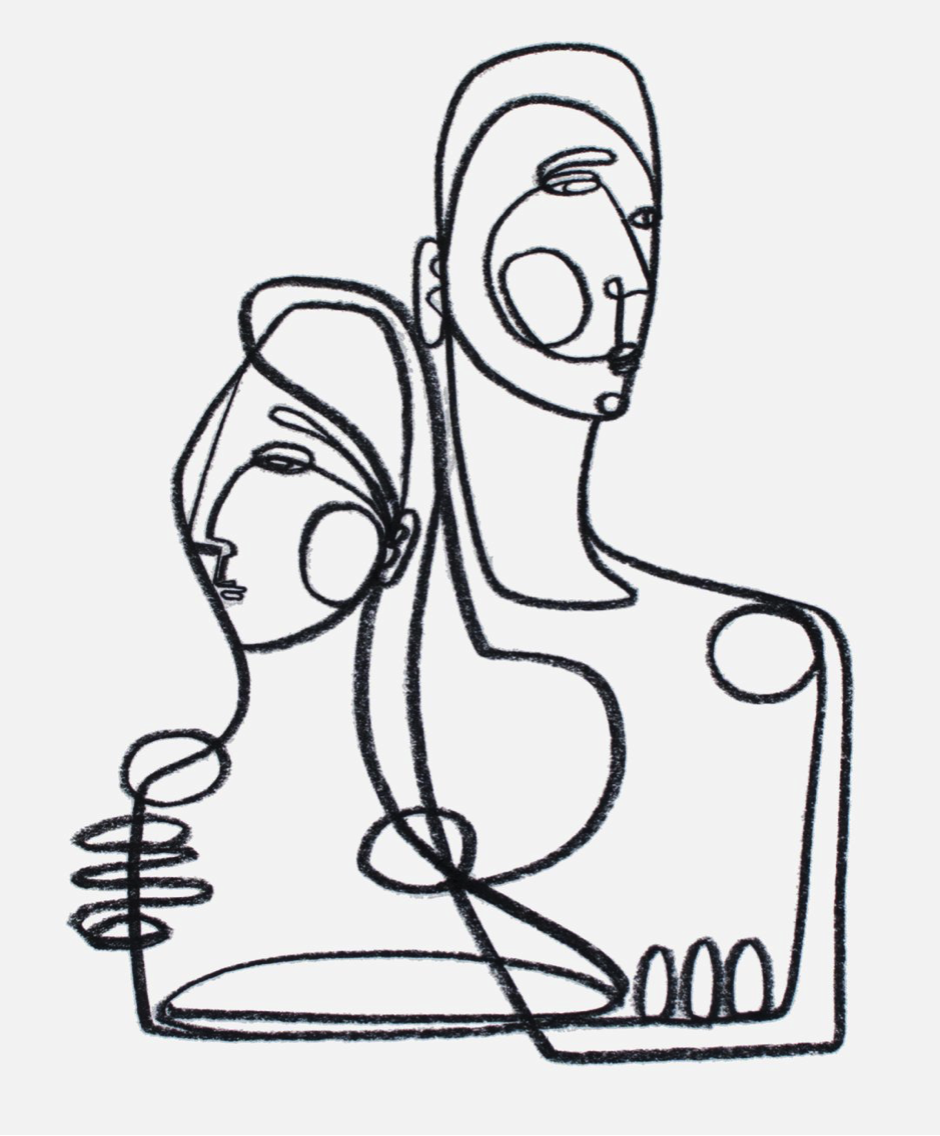
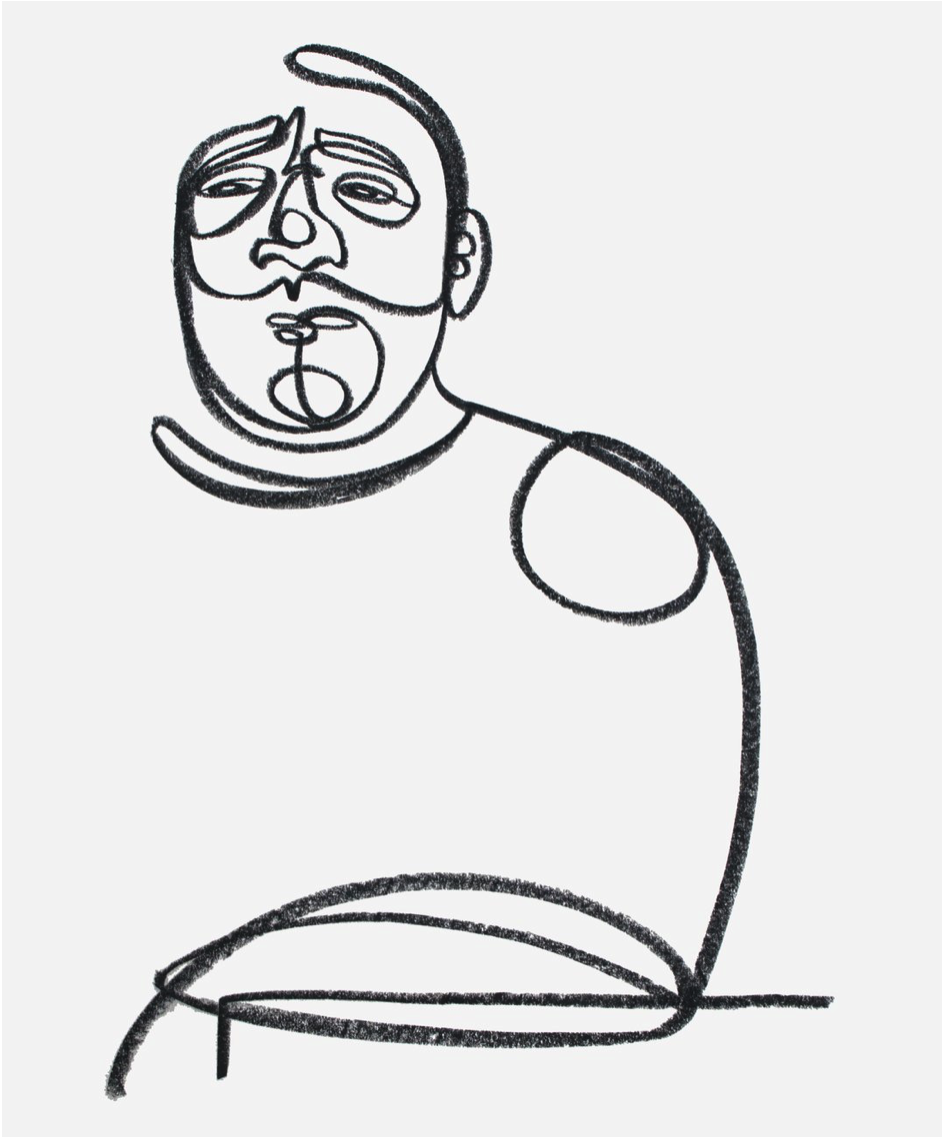
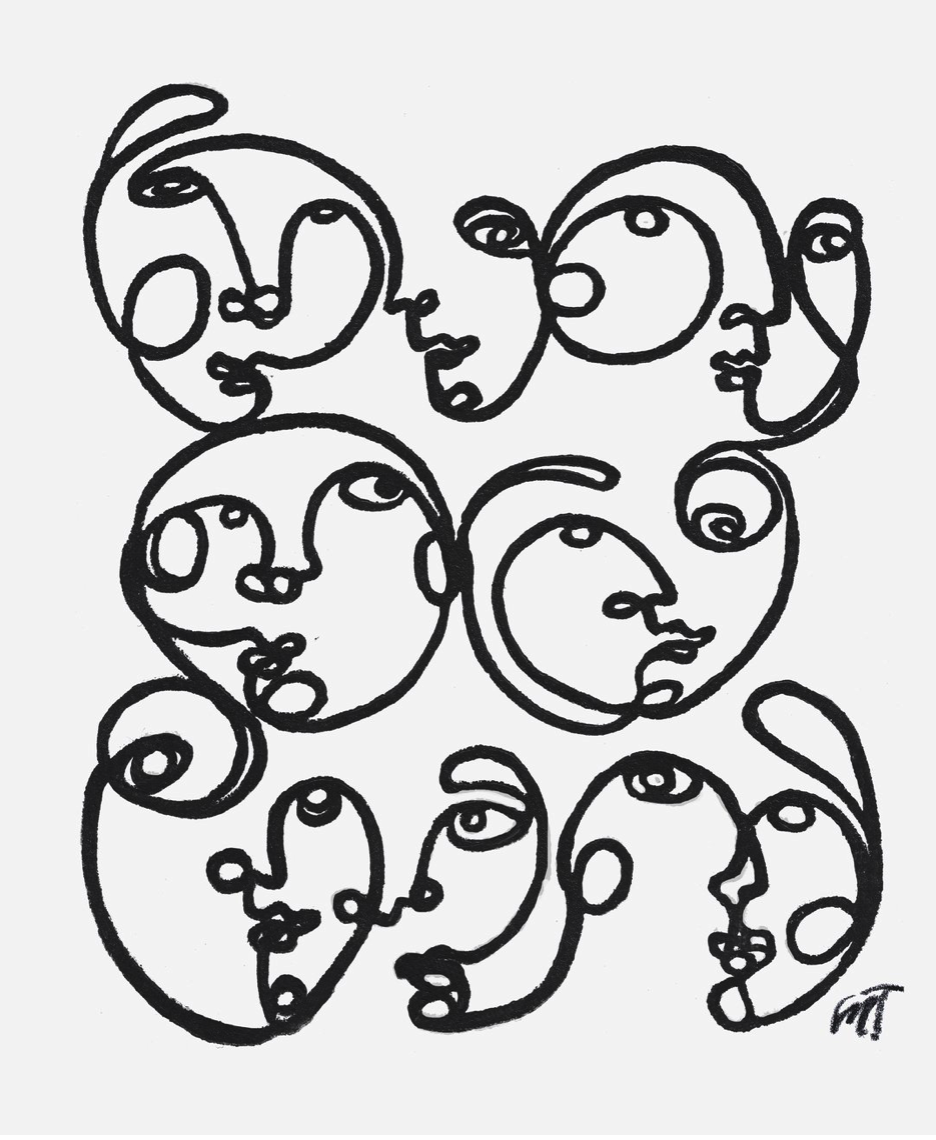


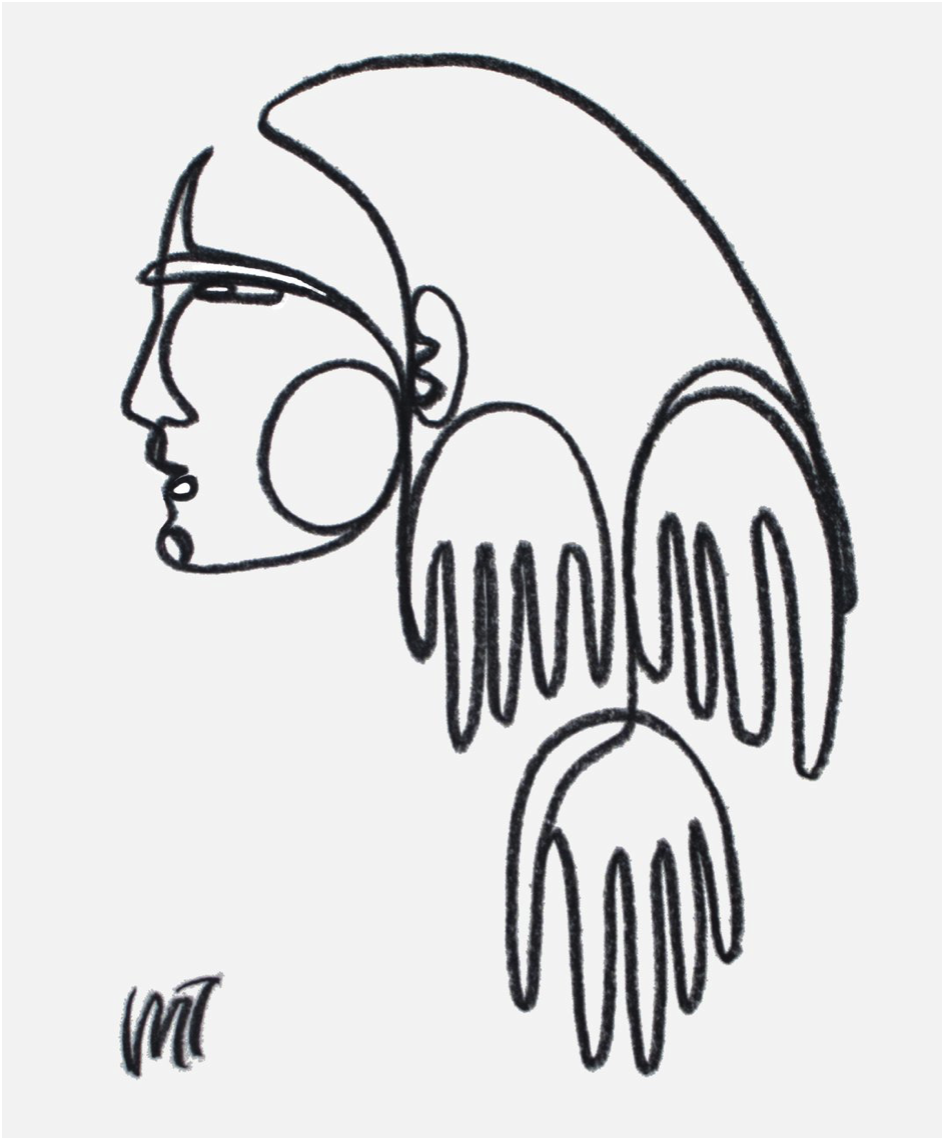
Miriam is a self taught artist, she started her journey pursuing a career when she created a lifestyle sewing blog, designing and hand printing her own fabrics, which in turn led into art. “On a whim, I decided to apply for the Instagram hashtag 100 day challenge yearly project, choosing the theme of Egyptian Hieroglyphs” she explains. At the end of her project she sold all 100 pieces over instagram. She continued with the next challenge, 100 line drawings, and continued to evolve. Miriam, humbly explains she could never know why it worked. Learning to create in short snatches in the two hours she had extra in a day from her parenting duties. Describing how she always had to fight for her time. “It took me a few years to prioritise my work”. As a self taught artist homeschooling affected how she approached art “I’ve always taken a very autodidactic approach to learning, and have evolved as an artist through my own practice and study” she explains. She includes an extensive list of some of her favourite artists that inspire her, Edouard Vuillard, Avery Milton, Helen Scherfbeck, William Barnet, Pierre Boncompain, Alexei Jawlensky, Ernst Kirchner. Her sister Eirene, “A huge creative touchstone for me, and my whole life she has been a muse and mirror”.
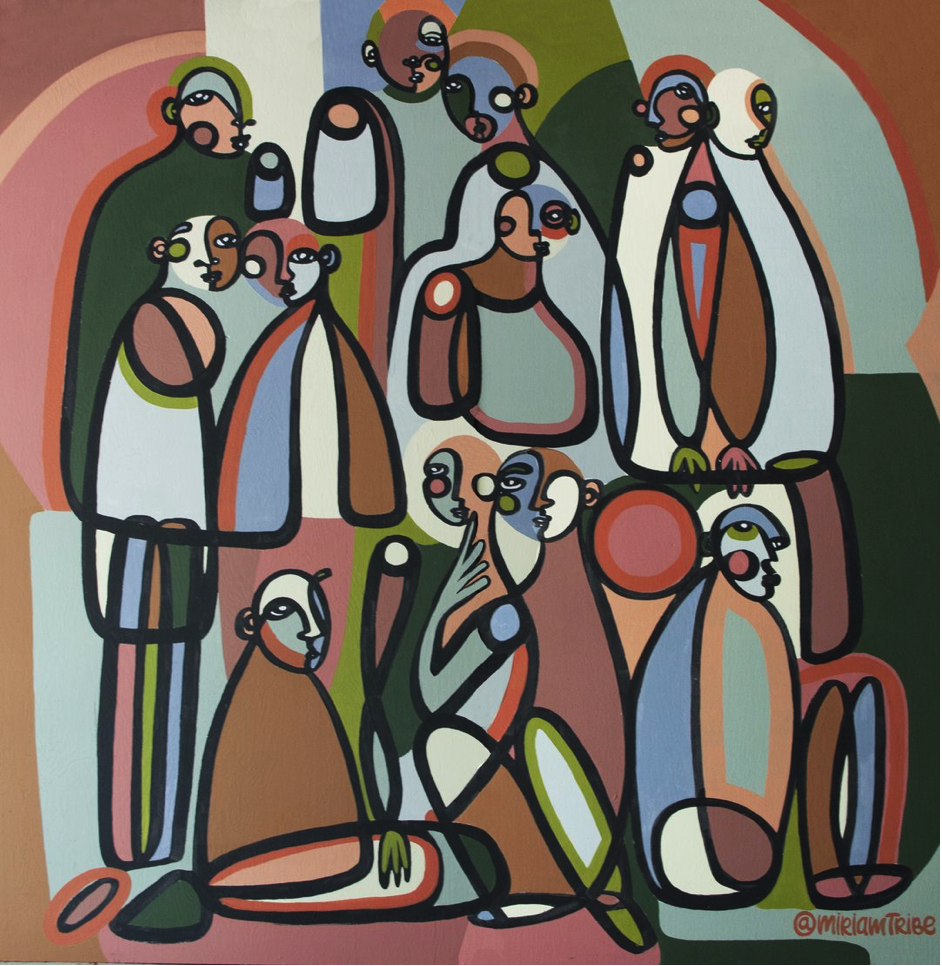
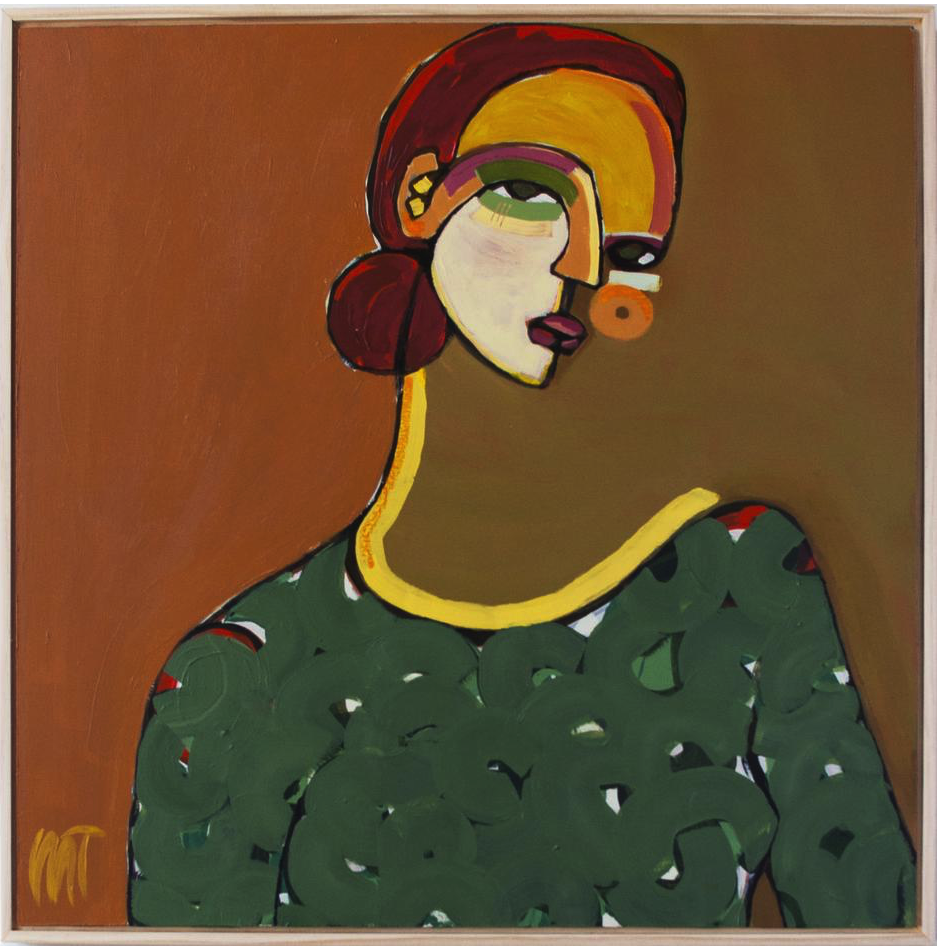
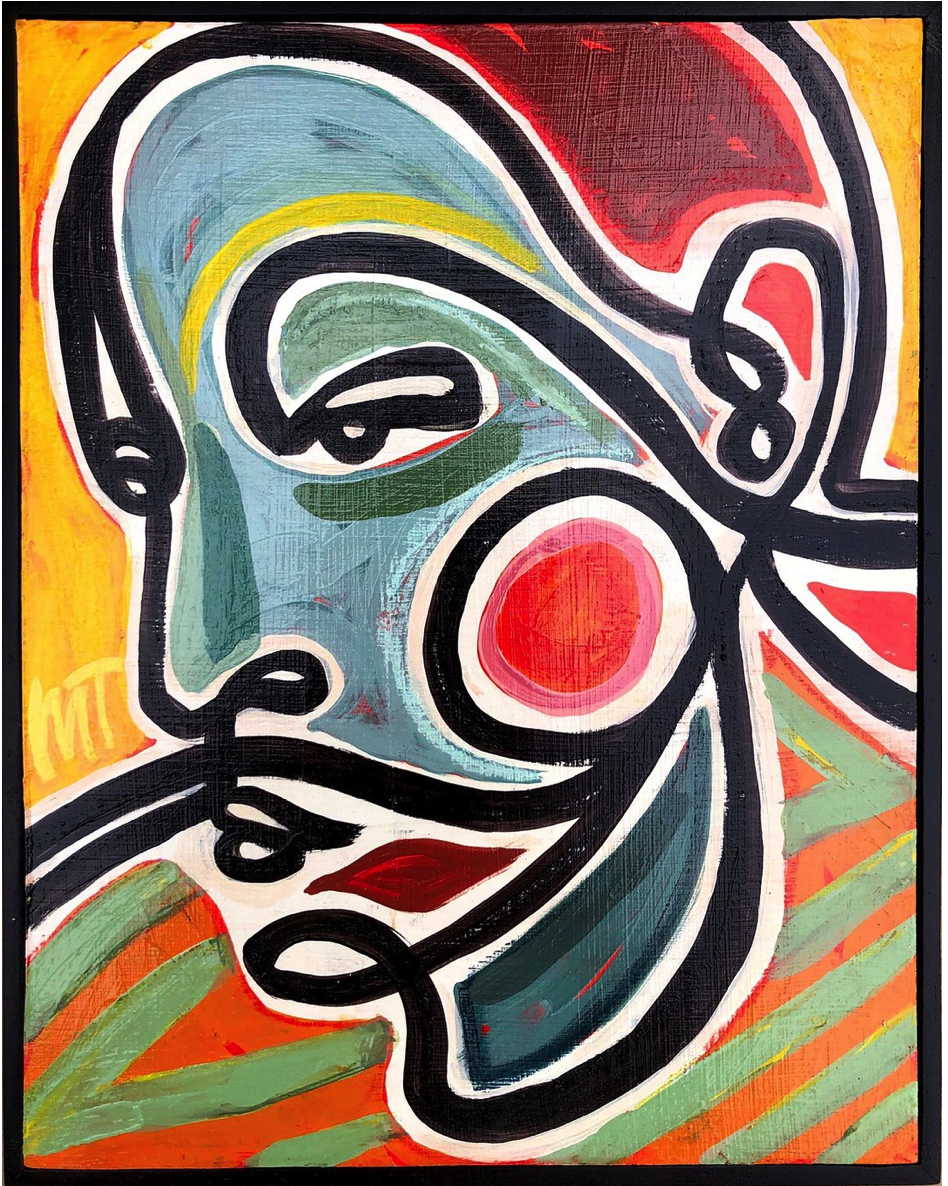

Her current work is circling back to where she began, she tells me “I’ve been focusing on figurative work that is a little more solid and geometric, with a playful focus on negative space.” She describes her greatest achievement as being vulnerable enough to put herself out there. Emphasising how self-doubt is a constant hurdle, and a tendency to spend way too much time in the planning phase, she thinks her process could benefit from some more spontaneity. When we discuss perfection, Miriam describes growing up hyper sensitive, she describes her repulsive instinct against perfection, which is the doctrine of the Mormon religion,“I find the concept of perfection very distasteful, and resent the signs of it” describing an inclination towards neatness and overthinking in her work. “The lies that I tell myself, are that everything I do needs to be amazing” describing the strain of perfectionism! “That it all needs is to be consistent and cohesive, and that it defines who I am.” She describes her awareness of these well-worn thought patterns, how she is always going to be having conversations about them in her head, reminding herself from her wiser self that they aren’t true. Striving to reject perfection and lean more into the rough and instinctive, she explains. She defines that she thinks that it the biggest weakness in art, the inclination to be perfect, pointing out, that she believes that the best art is imperfect “I’m always really excited when I do a work that feels the way I’m feeling, that seems like a true expression of something that’s true for me, so I guess I’m happy when the subject matter evokes an emotional response for me!”
Interview: Antoinette Haselhorst
